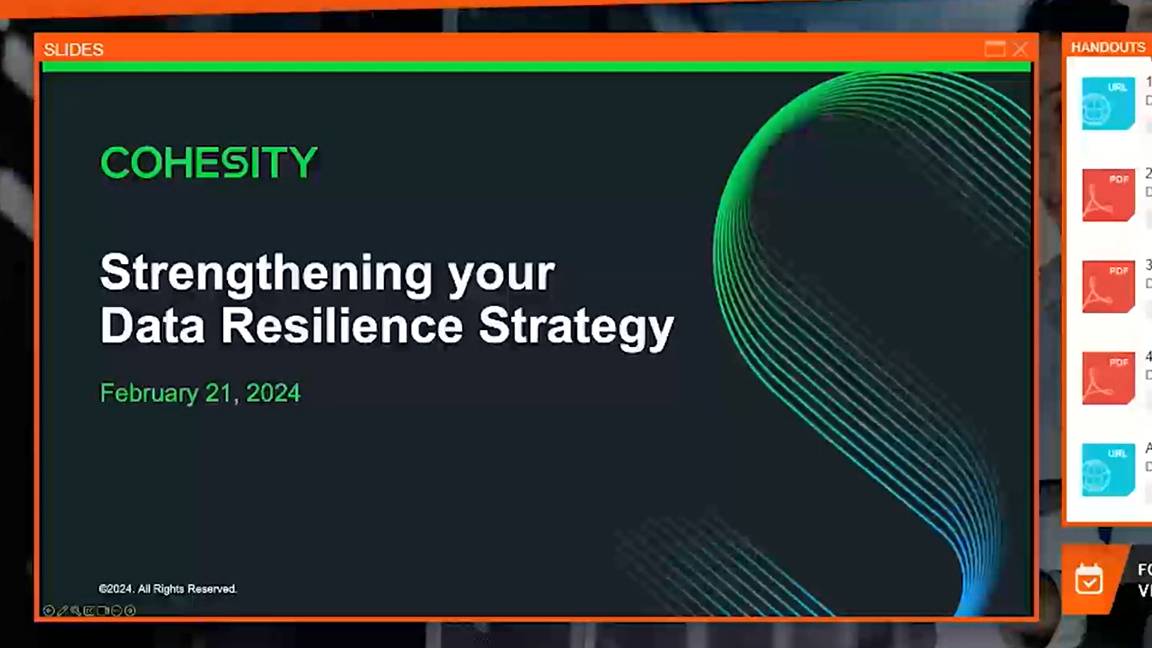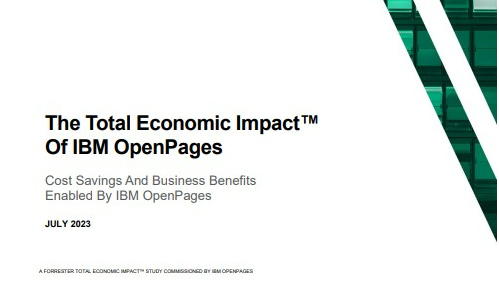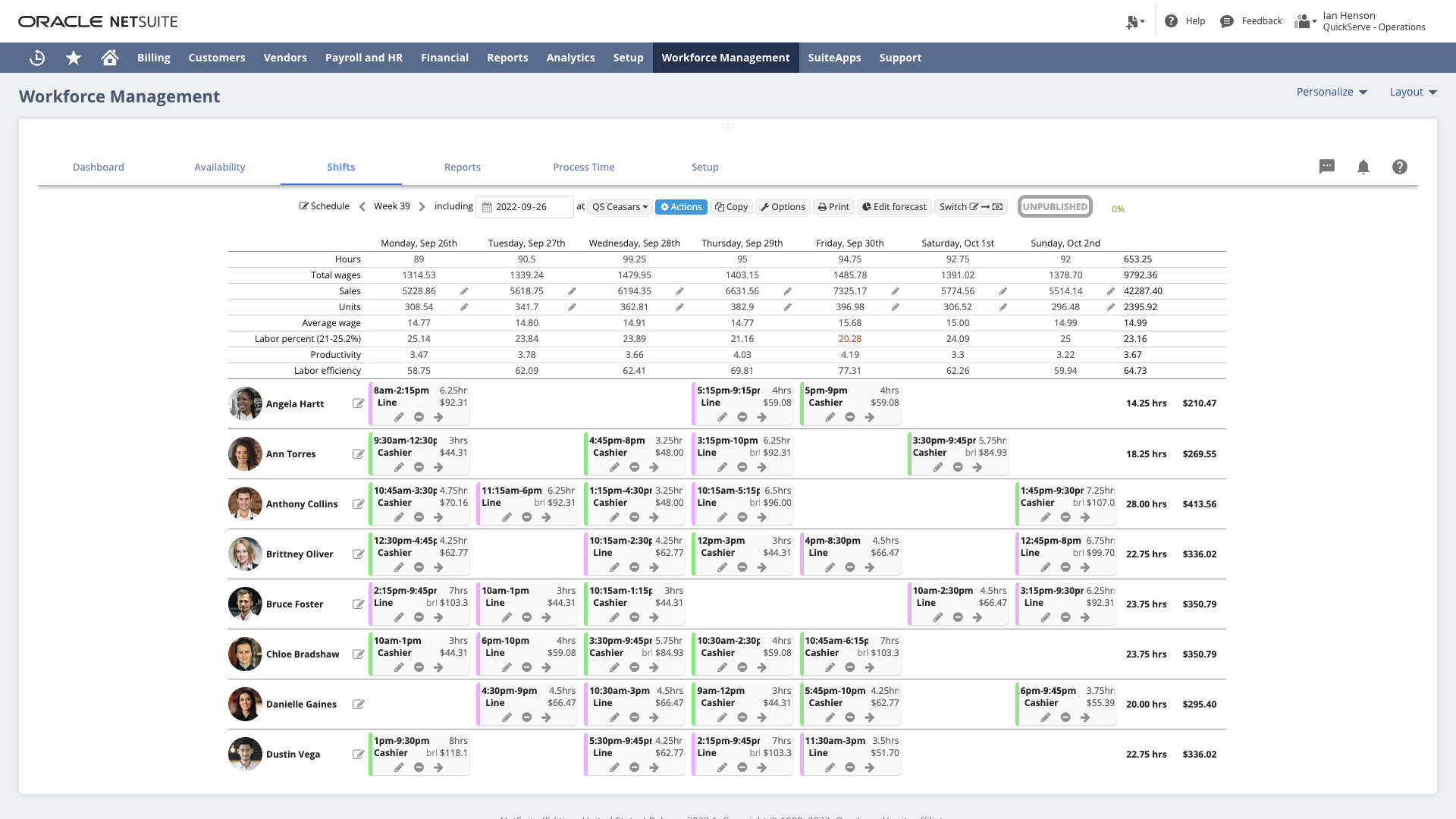SAP: companies are seeing data as a business asset
Cloud provider believes moving to the cloud opens businesses to innovation opportunities

Data is becoming a major business asset that can be central to workplace innovation, says the chief technology advisor at SAP UK.
In an interview with Cloud Pro, at SAP’s annual Innovation Forum, in London, Mark Darbyshire says that organisations are increasingly realising that “there’s a lot of value in data”, and, when used in the right way, it can lead to significant efficiency savings for enterprises.
“You’re seeing the emergence of data as a business asset within organisations – and not just something that we have for legal or operational purposes,” says Darbyshire.
Competing taxi service companies GetTaxi and Hailo both offer customers the ability to order taxis from an app – much like Uber. However, he says the reason why Hailo has succeeded is because data is “very important” to Hailo.
SAP wants to help businesses innovate, and Darbyshire explains that the company’s cloud platform, HANA, which allows companies to collect, process and analysis data in real-time, is at the forefront of enabling it to do so.
HANA is SAP’s central data store. Companies are given access to this, and then SAP connects its other services – analytics, user experience data, mobile platforms and APIs, collaboration tools, integration, and so on – to the cloud platform.
During his keynote at the SAP Innovation Forum, Pat Bakey, the company’s president of industry cloud, gave examples of how SAP has given companies more room to innovative, often by reducing the time it takes for existing processes to be completed.
Get the ITPro daily newsletter
Sign up today and you will receive a free copy of our Future Focus 2025 report - the leading guidance on AI, cybersecurity and other IT challenges as per 700+ senior executives
Darbyshire explains: “If I can take 10 per cent out of a company’s travel and expenses, and I can take half an hour of every working persons’ week, actually that’s quite a lot of innovation for a financial company. That frees up a lot of time for people. Similarly, I can give employees apps that allow them to do their jobs better.
“We’ve done this with [energy provider] National Power. They said they’ve seen a 20 per cent increase in employee productivity – I like to call that having Friday’s off.”
What works for some companies won’t work for others, though. Darbyshire’s view is that businesses must leverage what they already have.
“It’s about leveraging existing capabilities and communities,” he says. “But also, you can leverage the data, and I think that’s also why things like HANA Cloud Platform are attractive. Because it is a platform where process and capability are as important as data and analytics.”
Innovation through cloud adoption
When it comes to encouraging its customers to move their infrastructure and pipelines to the cloud, SAP’s core business applications have been taking off at a solid pace. It saw strong adoption of its HCM and CRM software in 2015, with more than 1,000 customers adopting the former. And the company revealed last month that the latest version of its ERP solution, S/4 HANA, now has more than 2,700 organisations using it.
Still, plenty of companies, including some of SAP own customers, have cold feet about moving certain areas of their business over to the cloud.
“It’s very difficult for a lot of companies,” says Darbyshire. “A lot of companies want to innovate, but the one thing they want to do more than innovate is not fail.”
Just turning up with flashy technology is not enough, says Darbyshire. He believes the reason SAP has been in business for more than 40 years, and why its customers trust in it to supply them cloud services, is because it assure its customers that it can make good on its promises, delivers them in a timely manner, and maintains a strong relationship afterwards.
From a personal point of view, Darbyshire says ongoing challenge he faces today is how to make things “consumable” in the greater shift towards data and analytics. “I think that changes the skill sets to some point within IT,” he says. “It’s just as important to be able to analyse the database as it is to be able to install it. And for some organisations, that can present a skills challenge for the IT department.”
Moving to their business systems to the cloud is an opportunity to “spring clean,” says Darbyshire.
“And that’s not spring clean the technology, that’s spring clean their own data, processes and their ways of doing what they’ve been doing,” he says.
“In moving to the cloud, companies need to understand what they are moving, the integration applications and think about how they are going to get at the data underneath it all. All of those are opportunities to innovate.”
-
 The Race Is On for Higher Ed to Adapt: Equity in Hyflex Learning
The Race Is On for Higher Ed to Adapt: Equity in Hyflex LearningBy ITPro
-
 Google faces 'first of its kind' class action for search ads overcharging in UK
Google faces 'first of its kind' class action for search ads overcharging in UKNews Google faces a "first of its kind" £5 billion lawsuit in the UK over accusations it has a monopoly in digital advertising that allows it to overcharge customers.
By Nicole Kobie
-
 Strengthening your data resilience strategy
Strengthening your data resilience strategywebinar Safeguard your digital assets
By ITPro
-
 Forrester: The Total Economic Impact™ Of IBM OpenPages
Forrester: The Total Economic Impact™ Of IBM OpenPageswhitepaper Cost savings and business benefits enabled by IBM OpenPages
By ITPro
-
 More than a number: Your risk score explained
More than a number: Your risk score explainedWhitepaper Understanding risk score calculations
By ITPro
-
 What is small data and why is it important?
What is small data and why is it important?In-depth Amid a deepening ocean of corporate information and business intelligence, it’s important to keep things manageable with small data
By Steve Cassidy
-
 Google Ad Manager knocked offline for more than three hours
Google Ad Manager knocked offline for more than three hoursNews The incident prevented publishers from automatically exchanging their ad inventories, potentially causing big losses for those affected
By Rory Bathgate
-
 What is cloud analytics?
What is cloud analytics?In-depth Cloud analytics offer businesses cost-effective ways to organise, analyse, and understand data for a variety of business use cases
By Christian Rigg
-
 NetSuite launches SuitePeople tools for automating schedules and tracking attendance
NetSuite launches SuitePeople tools for automating schedules and tracking attendanceNews SuitePeople Workforce Management aims to give companies greater oversight and control of their workforces, as well as live metrics
By Rory Bathgate
-
 Talking to a business should feel like messaging a friend
Talking to a business should feel like messaging a friendWhitepaper Managing customer conversations at scale with the WhatsApp Business Platform
By ITPro